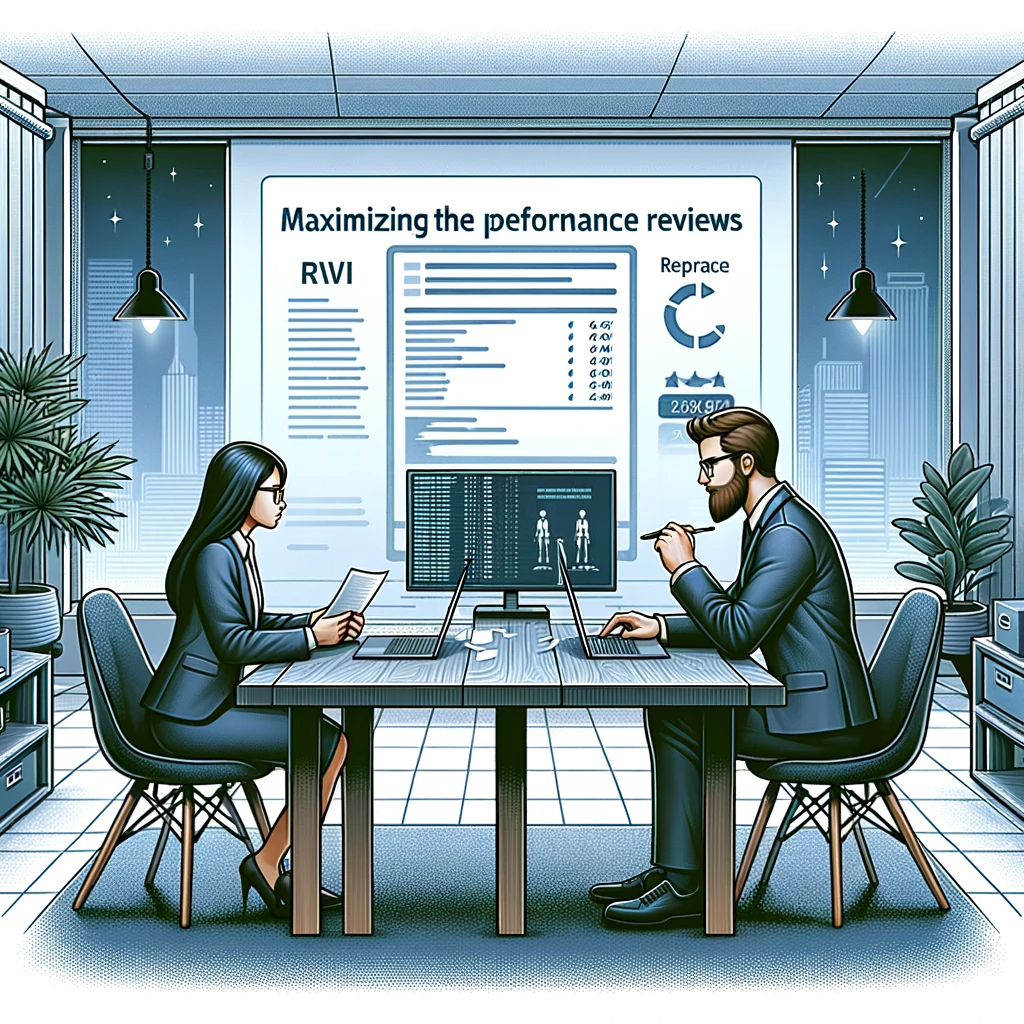Maximizing the Impact of Performance Reviews in Software Engineering
Explore the impact of performance reviews in software engineering and discover how one-on-one (1&1) meetings enhance efficiency.

In software engineering, performance review is an indispensable tool for assessing productivity, identifying areas for improvement, and nurturing growth. However, its effectiveness hinges heavily on two parties - the manager who conducts it and the individual contributor who receives it. It's a two-way street where each side has roles to play.
The Dual Perspective of Performance Reviews
For a deeper understanding of performance reviews within software engineering teams, we must examine them from both sides—the Engineering Manager and the Individual Contributor—highlighting their unique perspectives while emphasizing common ground.
The Engineering Manager’s Standpoint
An effective review allows managers to gauge team health beyond surface-level metrics like velocity or bug count. It offers insights into individual strengths that can be leveraged more effectively or weaknesses that may require additional support. Moreover, these evaluations are opportunities to align personal goals with team objectives—fostering motivation by making every contribution feel meaningful.
Assessing career progression is a pivotal element of performance reviews. It involves evaluating an individual's position on their career journey, whether they aim to advance to the next level, explore different career paths, or continue in their current role. It's essential to recognize that not everyone aspires to change roles, and that's perfectly acceptable for individual contributors.
It's also the time when potential rewards come into play, such as bonuses, raises, or promotions. However, this is where things can become a bit complex. Not everyone may receive a salary increase, as there's a need to distribute them judiciously. Likewise, not everyone will secure a promotion, as it's not feasible to grant promotions annually.
Lastly, this is where tough conversations can take place, because the individual may not meet your expectations. It's an opportune moment for you to initiate open and candid discussions about areas where improvements are needed to align with the desired standards. To facilitate these conversations effectively, it's crucial for you, as the manager, to come prepared with proper and clear documentation. This documentation can include performance metrics, specific examples, and actionable steps for improvement. These well-prepared discussions contribute to a more constructive and productive review process, ultimately leading to more positive outcomes in the future.
The Individual Contributor’s Point-of-View
On the flip side are individual contributors, who often view performance reviews as a valuable opportunity to receive constructive feedback and gain insights into their professional growth. For them, these reviews represent a chance to engage in a meaningful dialogue with their managers. They anticipate understanding how their contributions are perceived within the team and the organization as a whole. This feedback helps them gauge their performance and make necessary adjustments to excel in their roles.
Performance reviews serve as a compass for individual contributors regarding their career progression. They look forward to gaining clarity on their current position on the career path. This insight allows them to make informed decisions about whether they aspire to advance to the next level, explore different career avenues, or continue in their current role. It empowers them to align their aspirations with the company's goals and objectives.
These assessments provide individual contributors with a platform to voice any concerns they might have or to share innovative ideas that could enhance the team's operations. It's not just a one-way conversation but an opportunity for them to actively participate in shaping their work environment. This engagement fosters a sense of ownership and belonging, as they feel that their opinions and suggestions are valued by the organization.
A Balanced Approach: Combining Performance Reviews & Regular Check-ins
To optimize software engineering teams' productivity and satisfaction, organizations must strike a balance between formal performance reviews and regular 1&1 meetings. Both are critical for different reasons, and their combined effect can lead to remarkable outcomes.
Performance Reviews: A Snapshot in Time
A well-conducted performance review provides a snapshot of an individual's contributions at a particular point in time. It offers clarity about what is expected from them moving forward while celebrating their achievements so far.
The Role of Regular 1&1 Meetings
Performance reviews should not be isolated events but rather the culmination of ongoing dialogue between managers and individual contributors. This is where effective 1&1 meetings come into play.
The Power of Regular Feedback & Formal Reviews
The key takeaway? Performance reviews in software engineering should be seen as opportunities—not just for evaluation but also growth. And they become all the more effective when complemented by regular one-on-one (1&1) meetings, fostering an environment where concerns are addressed promptly, feedback is consistent, personal goals align with team objectives, and every contribution feels meaningful.
